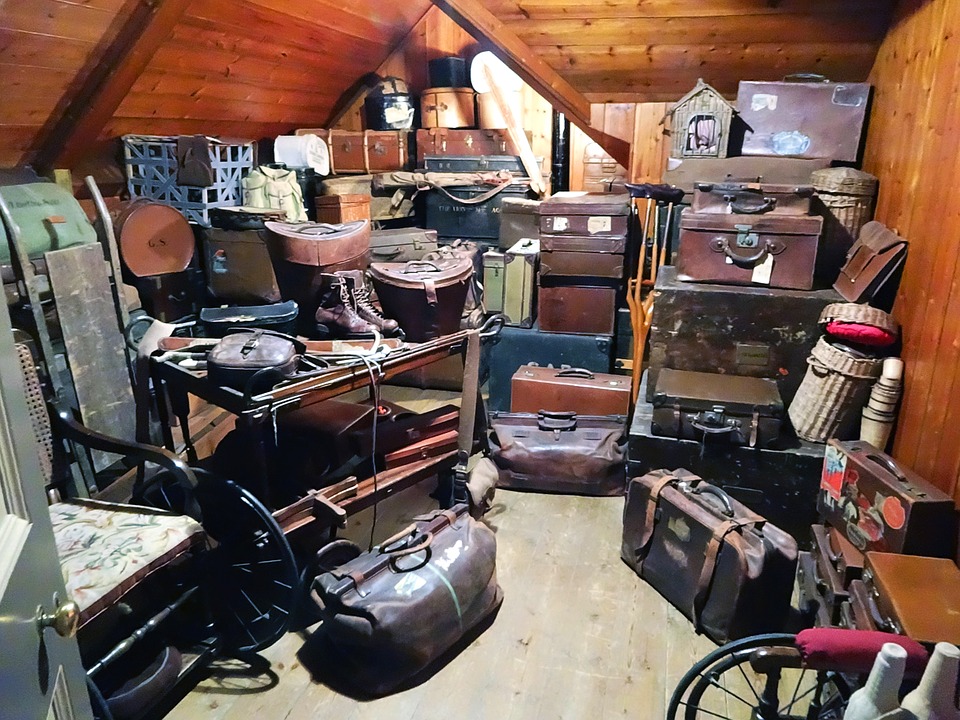Julie Entwistle, MBA, BHSc (OT), BSc (Health / Gerontology)
One very important subject that affects 100% of the clients I see is financial stress.
We all have been advised to save money for a “rainy day”, but the harsh reality is that people generally can’t or don’t. And there is a huge difference between saving money to replace an appliance, or car, and saving for the costs that might be associated with ill health. Yet, I can tell you first hand that the cost of disability is significant and comes from lost work time, medications, equipment, costs of personal care, and therapy to name a few. When struggling to make ends meet, people encounter stress, anxiety, panic, excessive worry, loss of sleep, relationship issues, poor decision making, and can result in addictions as a form of poor coping. You can imagine how hard it would be to heal from injury or trauma when significant money stressors are created as a result!
Occupational Therapy fits into the problem of disability and money in two ways. First, we are often involved in quantifying injury and loss into a Future Cost of Care Report, and second, we provide direct treatment to help people manage their finances more effectively.
A Future Cost of Care Report, or Life Care Plan is the process of and calculating the current and future costs associated with your disability. This report is a dynamic document based upon published standards of practice, comprehensive assessment, data analysis, and research. The report provides an organized, concise plan for current and future needs, with associated costs, for individuals who have experienced catastrophic injury or have chronic health needs. This includes children born with a disability or anyone that acquires a disability, ailment or impairment over their lifetime. Most often used in medical-legal domains, these are also helpful for families that are working to quantify costs to help someone with a disability to have funding for their future.
From a treatment perspective, occupational therapists are also involved in helping people to re-balance their financial situation, or to reduce the risks and consequences of poorly coping in the face of money problems. We work with people to establish budgets, to understand and track spending habits, to link the person to their money behavior, to help people develop a plan for better money management, to achieve financial goals, and to prioritize spending to ensure key expenses are not overlooked. When people become stressed, anxious and depressed we treat those symptoms too and provide strategies and solutions to help people reduce their concerns and reengage in productive activities.
Occupational therapists are also well networked and help connect clients to a banker, creditor, financial advisor or financial social worker. We might introduce them to tax or savings programs that will help them to recoup expenses or budget for future costs, and often help them to complete and submit the required paperwork to expedite access to public resources. We are aware of funding programs in the community that can help bridge expenses and income, can fund home modifications, equipment or therapy, or can direct people to community programs that can support them for food, shelter, or other living essentials.
Occupational therapists recognize the significant impact that money problems can have on someone’s recovery and understand that if someone does not have food, shelter or safety, few other goals can or will be achieved.





